Elon Musk has repeatedly said Tesla models in production today have the requisite hardware to offer "full self-driving" capabilities. But for features more advanced than Level 3, Tesla will, in fact, have to revamp Autopilot's hardware to handle the extra computing load.
More specifically, Tesla S and X models produced since October and Tesla Model 3s have the requisite cameras, radar, and other sensors to support Level 4 driving (when you can take a nap in the backseat as the car drives itself). But they do not have enough graphics processor unit (GPU) capacity — the chips used for neural networking and other tasks — Anirudh Venkitaraman, an analyst for Frost & Sullivan, told Driverless.
Teslas just do not have the computing power required to handle Level 4 or Level 5 driving. For that to happen, Tesla is going to have to replace the suite of GPUs in its cars, which should happen before the end of the year.
A Small Boost
Tesla has already quietly begun to add computing horsepower to its models during the past few weeks, by integrating an extra GPU into Nvidia's Drive PX2 neural network chip platform in all of its models, Electrek reported. The hardware revision began when Tesla began production of the Model 3.
However, Tesla has been downplaying the significance the additional GPU offers, maintaining that it will not significantly boost the performance of Autopilot.
Nvidia, which supplies Tesla with the neural network GPU computing platform in its cars, has also signaled that its existing hardware is insufficient for Level 4 performance. The current Teslas have Nvidia's Drive PX2 computer platform, which offers a maximum of 24 trillions of operations per second (TOPs) of processing power, and is not the next-generation Drive PX platform needed for Level 4, Nvidia said.
"The new Driver PX will offer 30 TOPS, which will be capable of Level 4 autonomy," a Nvidia spokesman told Driverless.
A Choice of Words

When Musk said the Model 3, as well as the Model S and X, have the hardware in place to offer "full self-driving" capabilities, he was likely choosing his words very carefully, since "full self-driving" could arguably apply to Level 3 under certain conditions.
As this video shows, a Tesla model completes over three minutes of self-driving during often-complex road and street conditions, including busy city-driving environments and highways, before self-parallel parking:
This video was released shortly after Tesla revamped its Autopilot hardware in October, which involved replacing Mobileye cameras with more powerful radar sensors. While Tesla likely recorded this video after many test drivers over the same driving route, it does show that Teslas have the requisite hardware in place for Level 3 driving.
But the key word is "hardware," since Autopilot's performance depends on over-the-air software updates. Even if Tesla were to upgrade its models with the computing power needed for Level 4 driving, the software is not ready yet. Only recently, for example, has Tesla completed over-the-air updates that have made the new version of Autopilot as good as the previous one.
Perhaps both the software and hardware were to supposed to be ready by the end of the year for Level 3 performance. But since Musk may have to cancel plans to stage a cross-country drive of a Tesla in Autopilot mode only later this year, that scenario seems less likely.
Just updated your iPhone? You'll find new emoji, enhanced security, podcast transcripts, Apple Cash virtual numbers, and other useful features. There are even new additions hidden within Safari. Find out what's new and changed on your iPhone with the iOS 17.4 update.




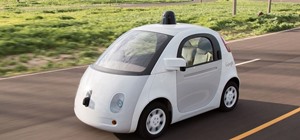
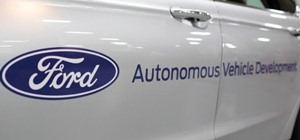

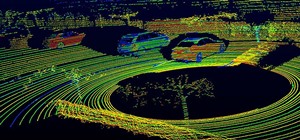

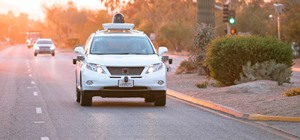
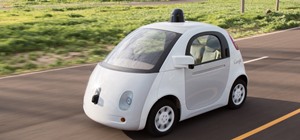
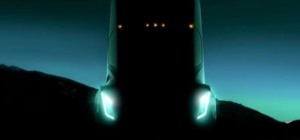

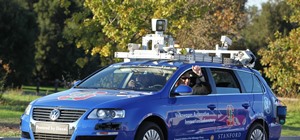


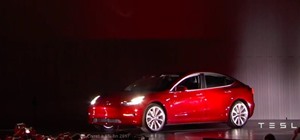




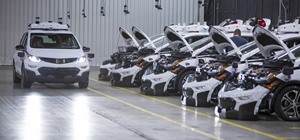
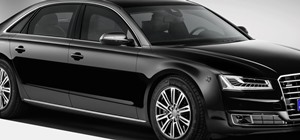
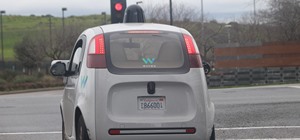
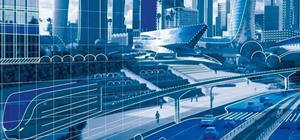
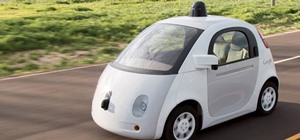
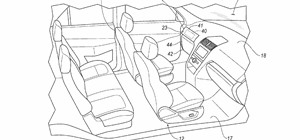

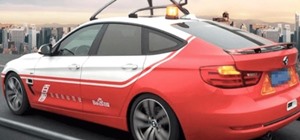
1 Comment
I have to disagree. It seems you fundamentally misunderstand machine-learning.
Basically there are three steps involved in the process.
I disregard the first step here because this is more about software architecture and data structures. The second step is were you require powerful hardware, as you iterate over million of datasets multiple times while you backpropagate on the results. This step often requires NVIDIA CPUs as their CUDA Api can be used to accelerate basic calculations (which are used by the backpropagation algorithm).
Here is were I have to put my foot down. After the model is trained, there is no need for any excessive calculations. I assume even an outdated laptop with no dedicated graphics card could do the predictions, thats how less processing is required at this point.
What that means for tesla is, that lvl 4 autonomous driving is not limited by the inbuild hardware of their cars. Although if they plan to activly train the model over the car's GPUs that might slow (not hinder but slow) the training process, in case the GPUs indeed have insuficient calculating power.
But my guess is, that the inbuild graphics cards are only used to drive the dozens of sensors, as well as the massive controll panels of their cars. I assume, that they will collect various traffic data over the car's sensors and transmit them over the internet, where huge server-farms actually work on training the model.
Share Your Thoughts